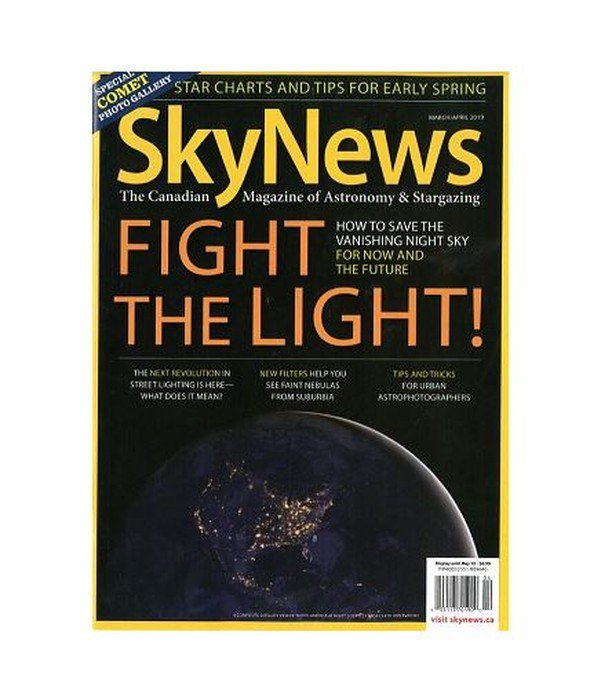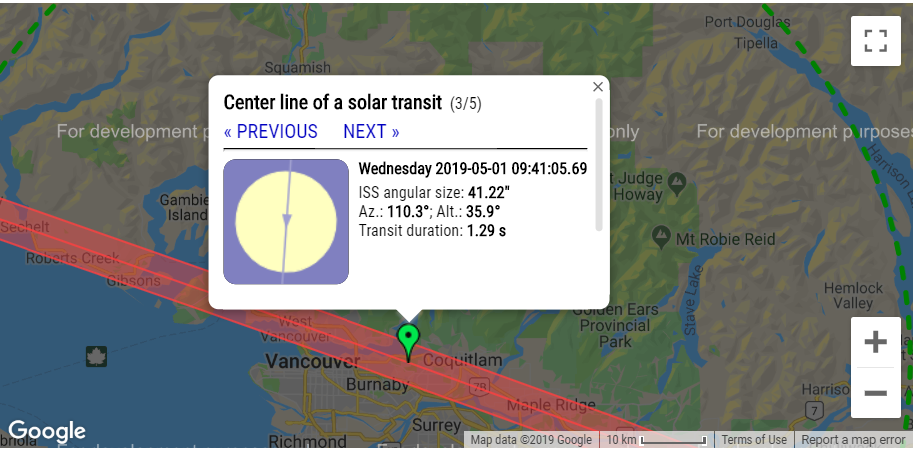Black holes, event horizons, and singularities are weird concepts that just seem to go together. A black hole is a region of such strong gravitational pull that nothing can escape not even light. An event horizon is the boundary of black hole – anything within the event horizon can never escape while light originating right at the event horizon could escape. A singularity is a location within a black hole where the density and gravitational force becomes infinite.

In the case of a black hole, the singularity is hidden from view by its event horizon. So Black holes are singularities that are “dressed in black” by their event horizon and undressing a Black Hole would reveal a “Naked Singularity” – if such objects actually exist.
All black holes have an event horizon whose size or radius is proportional to the the mass the black hole according an equation derived by the German astrophysicist Karl Schwarzschild:
Rg = 2GM/c2.
where M is the mass, G is the universal gravitational constant and c is speed of light. The following table shows the radius the event horizon based on the masses of a few well-know objects.
| Object | Radius (m) |
| The Recently imaged black hole in the Messier 87 galaxy | 2×1013 |
| Sagittarius A* – the black hole at the center of our galaxy | 1×1010 |
| The Sun | 3×103 (3 km) |
| The Earth | 9×10−3 (9 mm) |
| A 70 kg Human | 1×10−25 |
In other words, you could create a small black hole by compressing the Earth down to a less than than the size of a Canadian dime.
The physicist, Roger Penrose, showed that every black hole contains a singularity but he could not prove that every singularity also had an event horizon. The potential existence of these naked singularities is a challenge to theoretical physics – a model of singularities would require dealing with infinities and the unification of warped space-time from general relatively with the weird behaviour of very small objects from quantum theory. If naked singularities physically exist then they could be potentially be observed because they are not hidden by an event horizon. A 2017 paper in Physical Review suggests a way that naked singularities could be detected and distinguished from black holes.
Penrose proposed that some physical principle, not yet understood, excluded the existence of naked singularities (except for Big Bang singularity). This is known as the “cosmic censorship conjecture“.
Stephen Hawking found the idea of naked singularities to be obscene and felt that singularities should be “decently hidden” in places where they cannot be seen. He bet Dr. Kip Thorne and another physicist, John Preskill that these abominations cannot possibly occur. The loser agreed “to reward the winner with clothing to cover the winner’s nakedness.” The clothing was to be embroidered with “a suitable concessionary message.”
Hawking conceded the bet after a computer simulation by Matthew Choptuik of the University of Texas in Austin showed that under very rare and contrived circumstances a black hole might collapse in such a way that its singularity would be exposed, stripped for all to see. Having lost the bet on a technicality, Dr. Hawking provided Preskill with an embarrassing t-shirt while giving a talk to 1,000 people at Caltech. The t-shirt featured a nearly-naked lady and the slogan “Nature Abhors a Naked Singularity”. Hawking also placed another bet:
Whereas Stephen W. Hawking (having lost a previous bet on this subject by not demanding genericity) still firmly believes that naked singularities are an anathema and should be prohibited by the laws of classical physics,
And whereas John Preskill and Kip Thorne (having won the previous bet) still regard naked singularities as quantum gravitational objects that might exist, unclothed by horizons, for all the Universe to see,
Therefore Hawking offers, and Preskill/Thorne accept, a wager that
When any form of classical matter or field that is incapable of becoming singular in flat spacetime is coupled to general relativity via the classical Einstein equations, then
A dynamical evolution from generic initial conditions (i.e., from an open
set of initial data) can never produce a naked singularity
(a past-incomplete null geodesic from scri-plus).The loser will reward the winner with clothing to cover the winner’s nakedness. The clothing is to be embroidered with a suitable, truly concessionary message.
Stephen W. Hawking, John P. Preskill, Kip S. Thorne
Pasadena, California, 5 February 1997
The new bet is still standing!














